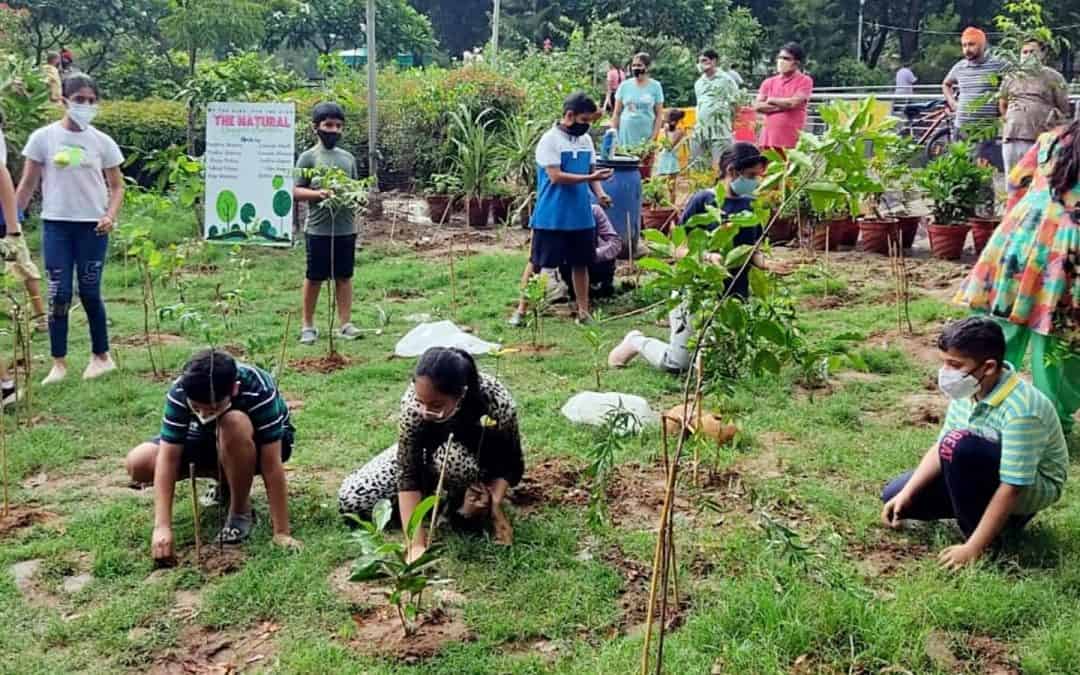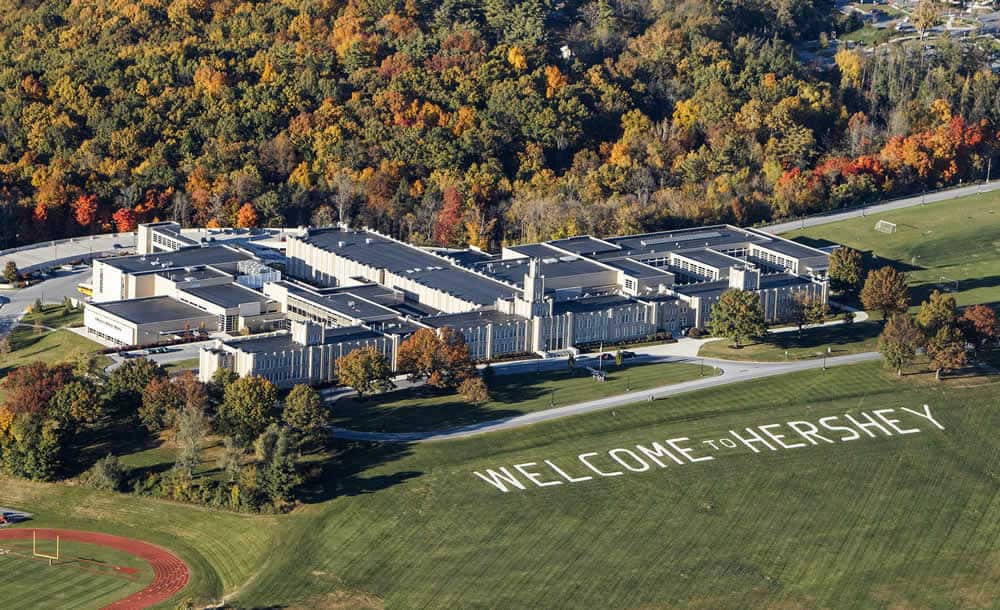
Stars
Stars
The ancient Greeks pointed to as many as 88 constellations spread across a night sky, and then they pinned names to them that they took from their religion of stories and myths. They wanted to see order in a night sky, because it seemed chaotic, a jumble, pinpoints of light splashed helter-skelter.
The ancient Greeks gave mythological names to the zodiac’s 12 signs. They include: Aries, Taurus, Gemini, Cancer, Leo, Virgo, Libra, Scorpius, Sagittarius, Capricornus, Aquarius and Pisces.
The ancient Greeks saw a bull in a certain constellation and called it Taurus, their word for a bull. In Sagittarius, they saw an archer, in Aquarius a water bearer, and in Pisces a fish.
Their word “cosmos” meant “order,” because they wanted to believe that the gods who lived on Mount Olympus had set the world in order, in a harmonious mix of stars, earth, moon, and planets.
The one constellation I can identify without much effort is Ursa Major, “the greater or larger Bear,” or the Big Dipper, in the northern sky.
Last time in these pages, I talked about Ralph Waldo Emerson’s fruit trees, and that the wise men, who came from the east to Judea, came bearing expensive gifts, three minerals, and yet today we give three types of foods—fruits, nuts, and sweets—to our children on Christmas Day.
Emerson mentioned the stars in his first book, “Nature.” He wrote,
“But if a man would be alone, let him look at the stars. Seen in the streets of cities, how great they are! If the stars should appear one night in a thousand years, how would men believe and adore; and preserve for many generations the remembrance of the city of God which had been shown!
“The stars awaken a certain reverence, because though always present, they are inaccessible.”
Emerson’s strange friend, Henry David Thoreau mentioned a star in the final paragraph of the final chapter of his most well-read book, “Walden.” A series of cryptic words, almost poetry, he wrote.
“The light which puts out our eyes is darkness to us. Only that day dawns to which we are awake. There is more day to dawn. The sun is but a morning star.”
Founders of the International Dark Sky Places Program came together 20 years ago in 2001, and began to name certain locations across Earth, as Dark Sky Parks, where people can stare up at the stars without much interference from light pollution emanating from a nearby urban area.
Last June, officials certified that Mesa Verde National Park in extreme southwest Colorado was an International Dark Sky Park. The closest cities, Cortez and Durango, are 25 miles and fifty miles away, respectively, from the park.
A month later, in mid-July, I visited Mesa Verde for the first time. My spouse and I stayed at the Far View Lodge, a solitary hotel and restaurant, stuck high on a mesa, at 8,000 feet elevation. I was most anxious to see the stars, but it was overcast and it rained, almost an unheard-of event on that mesa.
Perhaps next time, if I visit that area, I will see the stars. I am now receiving emails from the Far View Lodge, telling me, “Bookings for 2022 are now open!”
When I read Tony Hillerman’s crime novels set in the Four Corners area, his characters will try to describe the awesome spectacle when they look up and see the stars for the first time at that high elevation. “Always present, but inaccessible.” Others would say, almost indescribable.
A travel journalist named Stephanie Vermillion recently mentioned in “Outside” magazine a new program at Mesa Verde. Now that the national park has a Dark Sky Place certification, rangers there, who belong to a Native American tribe, present stargazing programs to curious tourists.
But they point to a constellation and prefer to say its Native American name, not its Greek name. The hunter Orion is known as Wintermaker, “a figure that signals that cold weather is on the horizon.”
Park ranger and Laguna Pueblo member T. J. Atsye, said, “If you look up, you have this whole immense universe. The sky is alive, and the cosmos is another aspect of the park. They hold meaning for contemporary indigenous people, just like they did for our ancestors.”
This week we celebrate Christmas, a time when families gather to give gifts, to eat a Christmas meal, to enjoy time with smiling children and grandchildren, to sing carols, and to remember the Christmas story as the gospel writers told it.
The three wise men from the east saw a single star, and they followed it to their destination in Judea, but, one wonders, “How?” The gospel writers fail to tell us, only that the star guided the three wise men. Their eyes were on that star, but in their hands they each clutched an expensive gift.
Have a very Merry Christmas.




